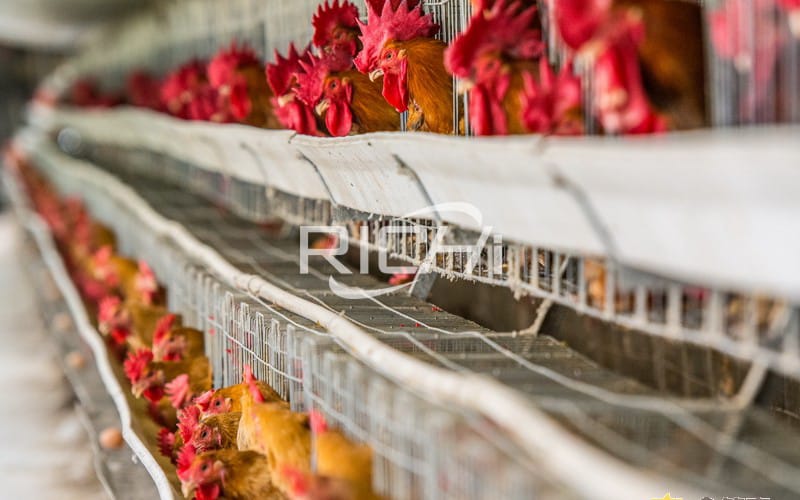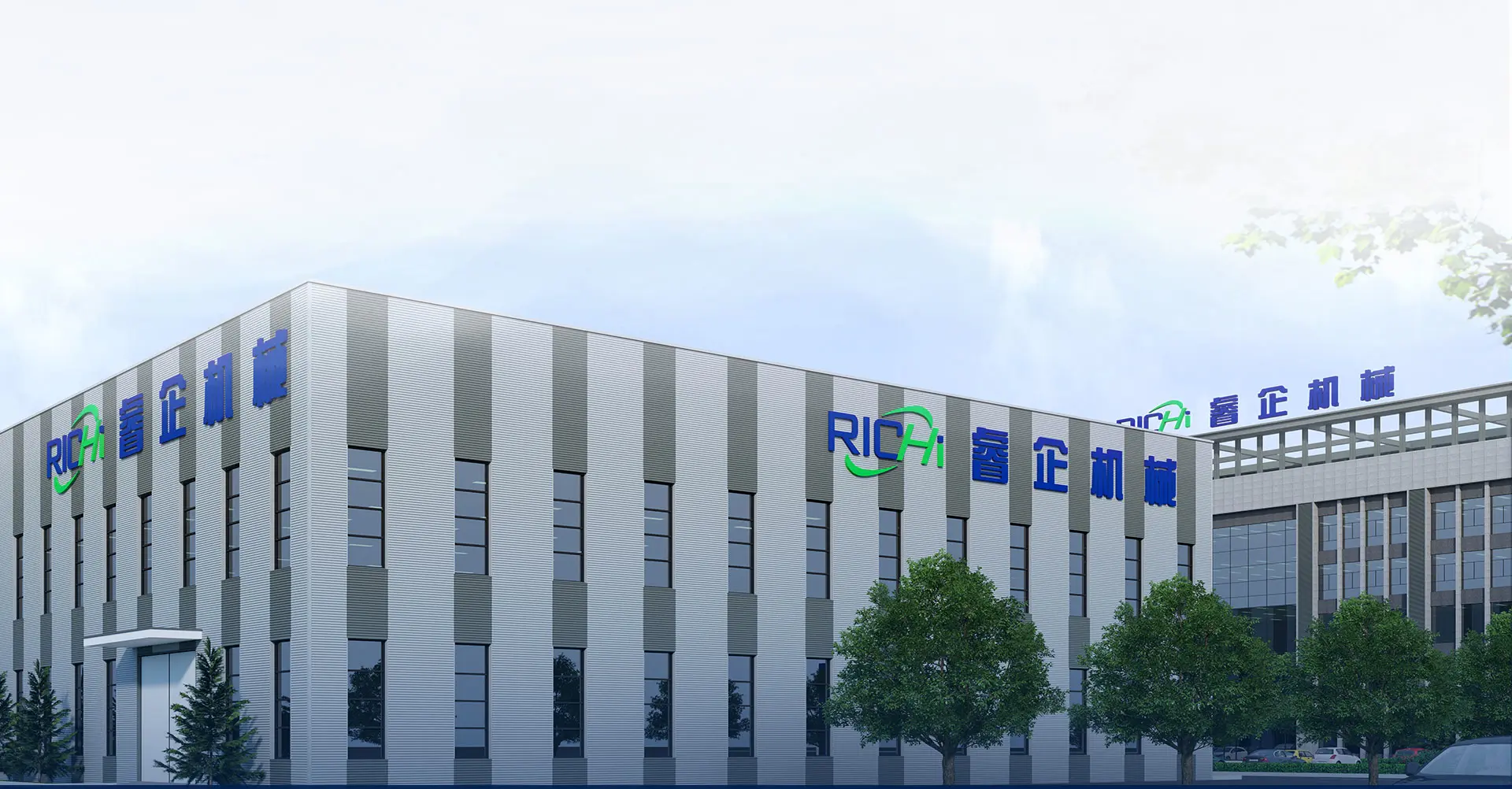How to prevent feed waste during laying hen feeding
In the entire cost of raising chickens, feed costs account for about 70%. In chicken production, due to various reasons, it is easy to cause feed waste. Therefore, how to save feed is the key to reducing the cost of raising chickens. Specific measures can be taken as follows:

(1) Breeding
- Breeding high-yield species. Modern high-quality high-yielding layer hens such as Roman, Isa, and Dika have high egg production and relatively low feed consumption, with a feed-to-egg ratio of about 2.0 to 2.5:1.
- Rear and identify chicks to eliminate male chicks in time. Maintain an appropriate male-to-female ratio and avoid raising too many roosters. Eliminate roosters after the breeding season.
- Ensure reasonable trough structure. The side of the long trough and the bottom of the round bucket should not be too shallow, and must have a back eave. Add material less frequently, not exceeding 1/3 depth.
- Eliminate sick, weak, handicapped, and slow-growing chickens promptly.
- Regular deworming to prevent weight loss from parasites.
- Second beak breaking: first at 10 days of age, second at 12 weeks to prevent pecking and save feed.
- Switch from free-range to cage breeding to reduce activity and maintenance needs.
- Recycle contaminated materials for other livestock.
- Preserve feed well to prevent rodents, moisture, and mildew.
(2) Chicken feed
It can be seen that from breeding there are many details that can save feed. Another important way is to use full price chicken feed, formulated according to science to meet all nutrient needs.
① Do laying hens eat powder feed or pellet feed?
- Powder feed: Complete nutrition, less picky eating, but poor palatability and prone to loss. Should not be ground too fine.
- Pellet feed: 2.5 to 5.0 mm diameter pellets, complete nutrition, good palatability, prevents waste, facilitates mechanized feeding. Higher processing cost, may cause excessive fat. Best used in high-temperature season to increase intake.
At present, powder feed is more common. Two methods:
- Dry powder feeding: free access, stable nutrient intake, saves labor.
- Wet mix feeding: better palatability but may widen gap between weak and strong chickens.
② How to make chicken powder feed and pellet feed for layers?
Chicken mash feed process: Cleaning → Crushing → Mixing → Packing
- Raw materials divided into those needing crushing and those not needing crushing.
- Cleaning system removes impurities and metal before crushing.
- Hammer mill is key in crushing.
- Accurate batching and mixing to ensure formula consistency.
Chicken pellet feed process: Cleaning → Crushing → Mixing → Pelleting → Cooling → Packing
- Pellet making machine forms mash feed into pellets.
- Pellets cooled to about 2-3℃ above room temperature, 13% moisture.
- Crumbler used if smaller pellets are needed.
③ Main machines in chicken layer feed manufacturing line
| Category | Main Equipment |
|---|---|
| Chicken powder feed mill plant machine | Corn grinder for chicken feed, Chicken powder feed mixing machine |
| Chicken feeding plant machine | Chicken feed grinder, Mixing machine, Feed pellet machine, Pellet cooler, Pellet crumbler, Packing machine |


